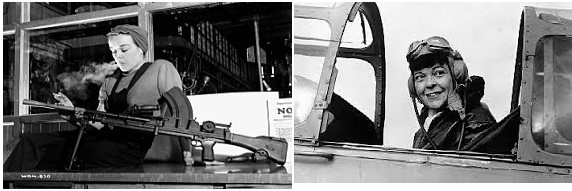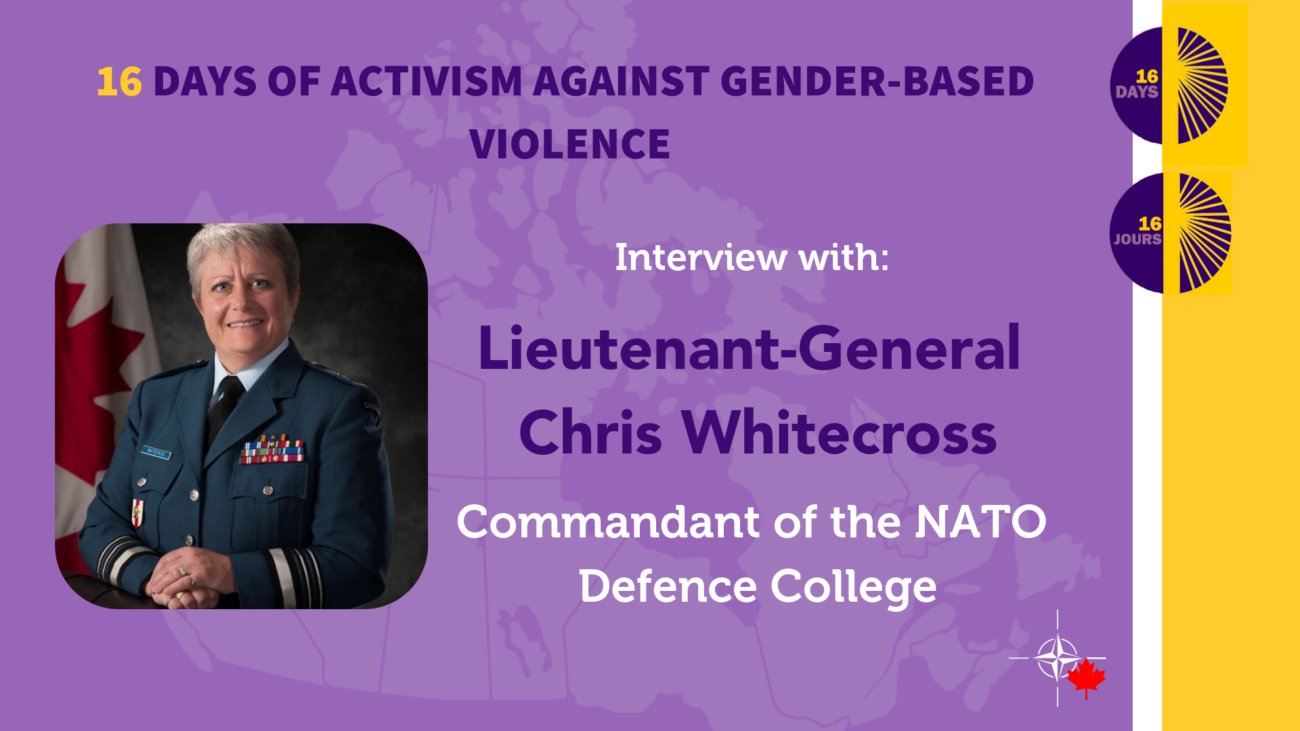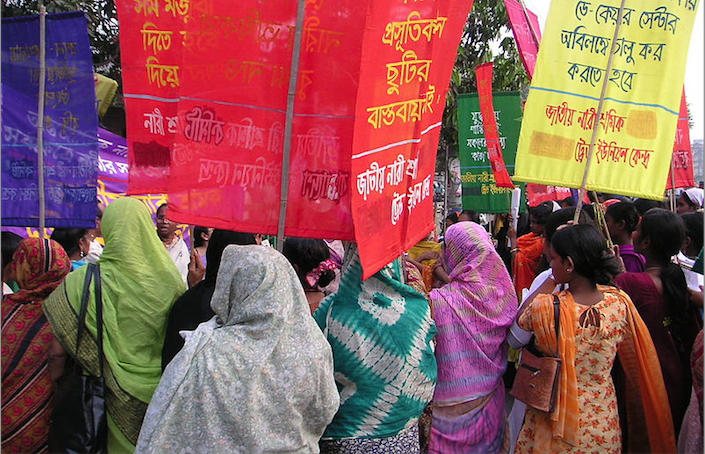This is a part two of a two-part article that gives a biography of some important Canadian women who were in WW2 as well as their life after the war.
Veronica Foster commonly known as “Ronnie, The Bren Gun Girl”, became well known for producing Bren Light Machine Guns at John Inglis Co. Veronica became Canada’s propaganda “poster girl” during World War II representing about one million women working in manufacturing plants. Due to a clever public relations/ propaganda poster campaign the Canadian Government generated huge support for the war and created Canada’s first genuine tabloid celebrity.
In her most famous photograph, Ronnie sports curve-hugging overalls while effortlessly exhaling smoke from her cigarette as she admires her recently assembled Bren gun. This public fascination erupted and the now famous image of her appeared in numerous major newspapers around the world including being on the front page of the New York Times as part of a feature on women absorbed into the Canadian War Industry. The United States decided to create its own female war icon and used Ronnie attributes for the well-known American propaganda image of “Rosie the Riveter.” ‘Ronnie’ pre-dated Rosie the Riveter by 2 years, it is likely that the idea of “Rosie” came from the New York Times article.
Veronica Foster, who was never actually called ‘Ronnie’ by anyone, became overwhelmingly popular after the series of propaganda posters were widely produced and displayed. Along with the famous cigarette-and-gun photo, the campaign highlighted pictures of Ronnie playing baseball, doing the jitterbug, and touching up her hat in a mirror. These photos sent a distinct message to women that they could have it all. Serving as both an inspiration for Canadian Women while simultaneously as a sex symbol for the troops in the field her image and her choice as a symbol in the war effort had, of course, been carefully cultivated and perfectly accomplished.
Marion Alice Orr’s birth date has been given variously as 1916, 1918 and 1920. She obfuscated sometimes on documents related to flying for fear that she would be grounded by her age. Her childhood passion for airplanes and flying lasted her whole life. Orr regularly walked six miles to watch the aircraft at Barker Field. Inspired by Amelia Earhart to succeed in the male bastion of aviation, she scraped and saved to pay for flying lessons. At Fliers Limited she met Violet Milstead, another Canadian aviator, with whom Orr flew for many years.
Orr attained her private pilot’s licence on January 5, 1940, in a rather exciting test flight. During her test, her engine quit; standard procedures indicated maintaining a level course until the nearest available flat patch presented itself as a landing strip. Orr, determined not to abort her test unless absolutely necessary, turned back to the airstrip and made a dead-stick landing within a few feet of the target.
Orr worked as an aircraft inspector at De Havilland Aircraft of Canada and was the second woman in Canada to qualify as an air traffic control assistant. She achieved a commercial licence in 1942. During this time, she met Deke Orr, a flying instructor who became her husband, the marriage did not last long.
WW 2 had begun and Deke joined the Air Force. Private and small commercial aviation was restricted by the war, but Marion managed to get hired as a controller in the tower at the Goderich RCAF base. She and her friend Violet Milstead were accepted as pilots by the Air Transport Auxiliary (ATA), which was established by the British Overseas Airways Corporation to ferry aircraft from factories to bases. They left for England in the summer of 1942. Orr flew her first ATA flight on June 2, 1943.
Toward the end of the war Deke entered her life again and they reconciled. She was honourably discharged from the ATA in 1944 with the rank of Second Officer and with 700 flying hours logged. Again, the marriage failed, and Orr set out on her own, going back to Barker Field and instructing for Aero Activities. Orr saved enough money and bought Aero in 1949 and took mechanics courses to do her own maintenance.
When Toronto expanded she bought land farther north at Maple, where she developed her own airfield and flying school. In 1961 she found a new challenge after talking to a helicopter pilot. She quickly learned how to fly helicopters and in a remarkably short time had mastered the aircraft well enough to earn an instructor’s licence. One day during a lesson, with a student at the controls, the engine failed; the machine crashed. Orr suffered a broken back.
After her recovery she got a job as a bookkeeper at the Opalaka airport. The work didn’t suit her, and she returned to Canada, to Buttonville, Ontario, and resumed flying instruction. Eventually the years caught up with her; her memory began to deteriorate, and she often seemed distracted. Despite her intention to keep flying till the age of 90, the time came when her pilot’s licence was not put up for renewal. Orr had logged 21 000 hours of flying time, nearly 17 000 of them while instructing. In 1982 she was inducted into the Canadian Aviation Hall of Fame. In 1993 she was inducted as a Member of the Order of Canada.
Featured Pictures: “Ronnie, the Bren Gun Girl” posing with a finished Bren gun via Library and Archives Canada and Marion Orr, manager of Aero Activities Ltd., in cockpit of plane, 1955 via Collections Canada
Disclaimer: Any views or opinions expressed in articles are solely those of the authors and do not necessarily represent the views of the NATO Association of Canada.




